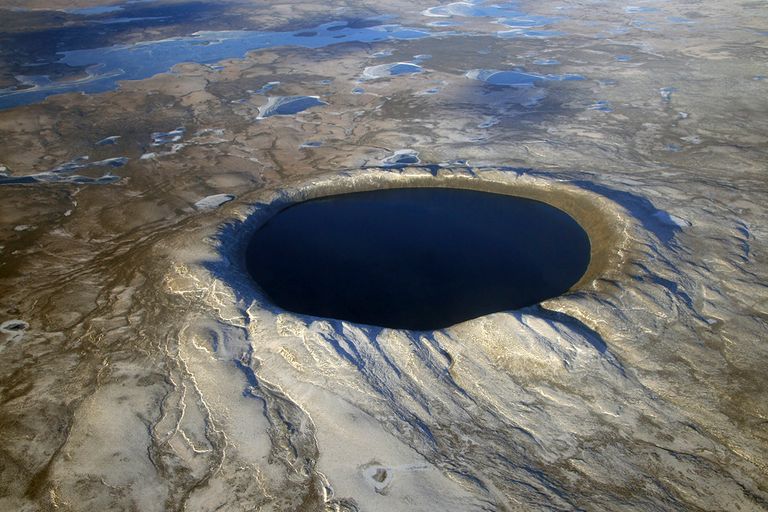Massive Arctic Crater Has A Strange 'Feature' That's Been Confusing People For Decades
In the wilds of Canada, at the extreme northern end of the province of Quebec, there is a natural wonder. It was once known by a name given to it by the Inuit people, which roughly translates as the “Crystal Eye.” The feature is a kind of lake — but it has the most unusual properties. It’s called the Pingualuit Crater, nowadays, and scientists still can’t quite wrap their heads around some of its mysteries.
A big place
The strange and mystifying Pingualuit Crater lies in the Nunavik region of Quebec, a region quite possibly unfamiliar to many people around the world. Nunavik is absolutely huge, though, and it encompasses about a third of Quebec itself. For a sense of scale, we can say it’s a bigger area than the whole of California.
Eighth Wonder
Nunavik has tended to remain under most people’s radar, but it has had its brushes with fame. And that’s largely because of the Pingualuit Crater, which actually started making headlines in 1950. Pictures of this weird feature were widely shared at that time, and it came to be considered as the “Eighth Wonder of the World.”
Otherworldly
It’s clear to see why. The Pingualuit Crater is situated in a beautiful tundra region, surrounded on all sides by a vast range of spectacular natural formations. Yet it is the crater itself that stands out most, unusual as it is. It just looks so otherworldly that it really captures the imagination.
Lots of names
The name of this feature has evolved a lot over the years. In addition to the Inuit term meaning “Crystal Eye,” it has also been called “Chubb Crater” and “New Quebec Crater” at various points. It was only in 1999 that the “Pingualuit Crater” moniker was settled upon, a word meaning “where the Earth rises.”

